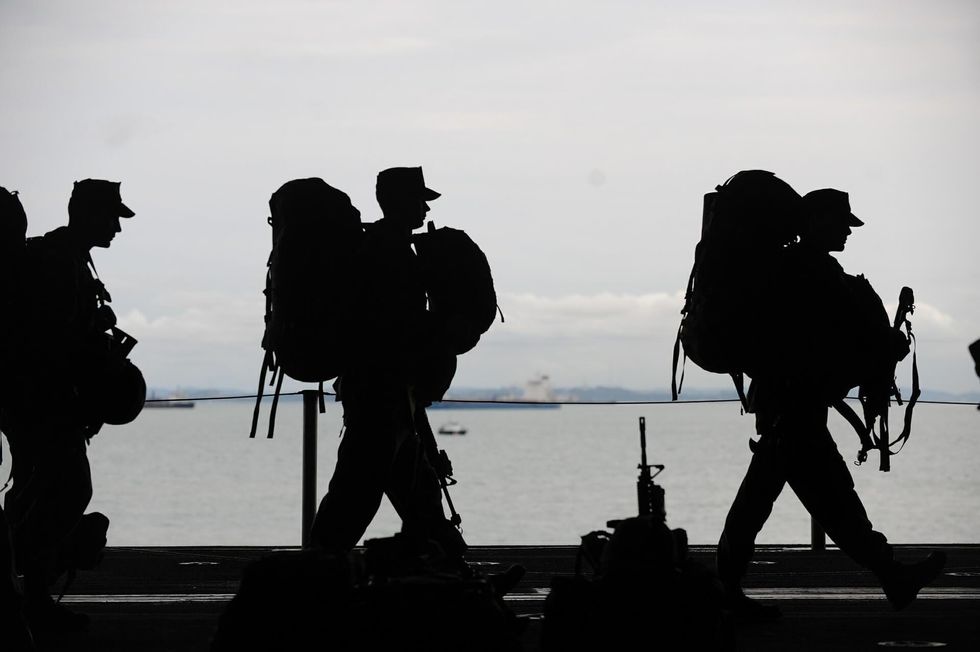The beginning of security unrest in the region, growing concerns about the expansion of Iran's influence in the region, the efforts of Crown Prince Mohammed bin Salman and Saudi Defense Minister to change the influence of the ruling family in Saudi Arabia and his reckless policy in the Middle East and his approach to Abu Dhabi following the war in Yemen and the beginning of the crisis in Qatar's relations with Arab countries, followed by the creation of gaps in the Gulf Cooperation Council ( GCC ), the arms race in the Persian Gulf region entered a new phase. This new arms race is linked to Saudi security concerns and global economic developments, as well as Saudi Arabia's internal changes. In addition, several interconnected factors have increased the military spending of the GCC countries. One of these factors is the threat to the country's security as a result of internal unrest and increased military power in the region. Arab rulers use these issues to achieve other political goals. Governments are trying to defend their system in addition to achieving their ambitions with high-end arms deals. Although the arms race and increased military spending between Arab countries began in the mid-1980sarm, Iraq's invasion of Kuwait prompted Kuwait, Saudi Arabia, and the United Arab Emirates to increase their arms purchases, this trend weakened after 1992 with the weakening of Saddam and the presence of the United States slightly. However, in 1997, competition for arms increased again, and the military spending of Saudi Arabia, the United Arab Emirates, and Bahrain increased dramatically. But over the past five years, the United States has exported more than a third of its global weapons, making it the world's largest arms dealer. More than half of US weapons are exported to the Middle East. Saudi Arabia alone has bought 22 percent of US arms exports, and the country is an important market for US weapons. In general, in the Persian Gulf, the security and legitimacy of the sphere of power depend so much on the world outside the borders that every day the transfer of power and the change of nature and orientations are subject to international interests. The external factor exacerbates differences and shapes Middle East politics in line with international interests, not the interests of countries in the region. The heterogeneity of the political structures of the eight Gulf states has as much an impact on their foreign policy as it does on regional cooperation and as much on the security of the Persian Gulf. Thus, the feeling of insecurity has two very negative and long-term consequences on the economic and political development of the region; The first is to launch an arms race, and the second is to establish the presence of foreign forces to create security in the region. The consequences of the arms race in a situation where, on the one hand, the basis of US policy in the Persian Gulf is based on continuing the commitment and guaranteeing the security of the allies and maintaining the flow of oil. Therefore, the creation of an arms race can have several important consequences: First, it will deplete the financial resources of the countries in the region in favor of American arms companies. In fact, the United States is reimbursing several times the money it pays to buy oil from countries in the region by selling arms to those countries, and in a way, not only does it make up for lost resources, but it also makes huge profits. The second result of the arms race in the region is the consolidation and continuation of the US military presence in the Persian Gulf. In fact, under the pretext of the lack of security and protection of the countries in the region from the existing threats, the United States can legitimize the presence of its military forces in the Persian Gulf countries. The third consequence of the arms race in the Persian Gulf is to prevent the formation of any regional security arrangements. It is clear that a safe, development-friendly environment and an unsafe environment are lagging behind. At the same time, development is a key factor in environmental security and national security. In fact, the most destructive factor in achieving political and economic development is participating in the arms game. GCC countries have the highest number of arms purchases. This is one of the most important causes of insecurity in the region, and as long as this trend does not stop, not only will the region not be safe and stable, but we will see more and more insecurity. Meanwhile, the United States is trying to plunder the energy resources of the Persian Gulf countries by holding back the countries of the region from global growth and development.


